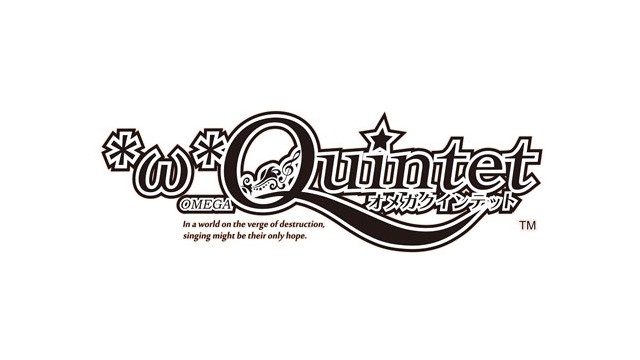- Genre: Stealth Action
- Platform: PS4
- Also Available On: Xbox One, PC (Uplay)
This is going to seem like a fairly negative review, but for me it’s with good reason. Assassin’s Creed Chronicles has a lot of the makings of a great 2D stealth action game, and even more so, has a lot of the great makings of a game that fans of Metroidvania style games would enjoy. Environmental traversal feels great, stealth kills feel great, combat feels great. In particular, the combat allows for really smooth transitions between defensive and offensive maneuvers to allow for rapid kills that nearly feel rhythmic in their execution. Visually, the game also is fantastic, with each of the Chronicles trilogy having their own unique visual style. That said, I never got that far into the pack, and for me it was the feeling that the game was getting in my way that caused me to stop playing.
One of the core parts of the China episode is that the player gets scored based on their actions within segments of the level, then at the end of the level they can gain upgrades, whether that be health bars, ammo pack upgrades, etc. However, the way the scoring was done actively forced me into a specific play style to maximize the score I was getting, and killed my reasons for pushing forward.
The maximum score for segments of the levels can be achieved in one way; never being seen, never killing anyone, and never setting off any traps around the level. What this meant for me is that I could never use the fantastic combat system that they had implemented, I could never even stealth kill enemies even if they never saw me, and any progress through levels became a slow series of waiting in a hiding spot until the perfect opportunity arrived to move forward without being caught.
While I am all for having a full stealth option, at the end of the day the things that have always been the most fun for me in the Assassin’s series are being able to do stupid things like jumping off a roof to assassinate unsuspecting enemies, then sending throwing knives into the people responding. The China Chronicles episode actively worked against doing anything resembling that style of gameplay. For players that enjoy full on combat, it’s even worse as combat is by far the lowest scoring option of the three.
At the end of the day, the China Chronicles game is a game that is frustratingly close to being great. Given the chance, equal scoring for the three paths would have at minimum allowed me to play as I want, and probably have resulted in me playing through all three of the trilogy, rather than stopping at the first. For me, the Assassin’s games have always represented a series that largely allows you to play as you want, as long as you get to the end goal. Sure you may miss some optional bonuses, but the core of the objective was always achievable. In this case, China has gone so far down the route of sticking to the full-stealth option that I just couldn’t bring myself to want to keep playing, and that’s kind of an unfortunate end result.


